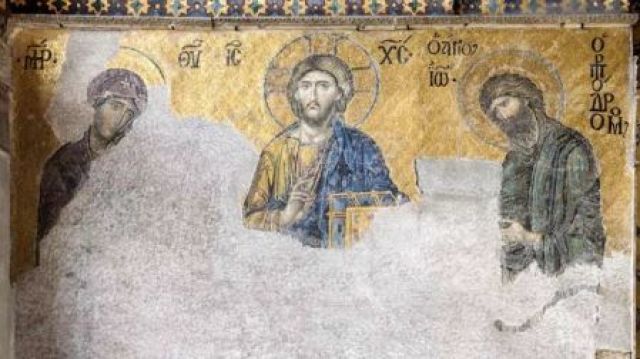As told in How the Irish Saved Civilization by Thomas Cahill, 1995, the Irish monks preserved ancient manuscripts that became the basis for much of Western thought.
This from frontpagemag.com.

However, Western civilization must also acknowledged that when the classic works of ancient Greek thought that form the basis of Western philosophy, political thought, and even literature had vanished almost completely from Western Europe, they were brought back not just from Ireland, but from a place that many assume had vanished from the earth long before: the Roman Empire.
If educators of the 2020s will cease occupying schoolchildren’s time with the nonsense of Critical Race Theory and gender fantasies and teach true history, students will learn the Roman Empire, which at its height comprised much of Europe, North Africa, and the Middle East, fell in the year 476 AD, when the Gothic chieftain Odoacer deposed the figurehead child emperor Romulus Augustulus. Then, in fact, Odoacer immediately pledged his fealty to the Roman Emperor Zeno in Constantinople.
Two Roman emperors? Yes. Zeno was just as much emperor of the Romans as Romulus. The empire had in the third century been considered to be too large to be governed by one man, so two capitals were established, Rome and Constantinople (“New Rome”), with two emperors. The empire centered in Constantinople considered itself, and was thought of by the world, as the Roman Empire just as much as the empire centered in Rome. The Constantinople-centered half came to be called the Eastern Roman or Byzantine Empire only after it had fallen to the moslem hordes.
The Roman Empire in Constantinople lasted until 1453.
Byzantium (Rome) succumbed to the Islamic jihadis who had been trying to destroy it for nearly eight hundred years.
NOTE: Islamists have not ceased their goal of world domination since they began their Jihad “By the Sword” in the seventh century.
Besides bringing Plato and Socrates and others West, that is a second way in which the Romans (that is, the Byzantines) saved civilization.
If they had not stood as a bulwark between Western Europe and Islam for all those centuries, the jihadis would certainly have swept over all of Europe, and the civilization that gave the world ideas that are now widely considered to be universal truths, such as the dignity of the human person, the equality of rights of all people before the law, the freedom of speech and more, would never have arisen.
The Byzantines, that is, Romans, saved civilization in numerous other ways as well.
The jihadis against whom they were standing firm thought of representational art as idolatrous and blasphemous. In Constantinople and its empire, however, representational art, that is, art depicting actual people—in the form of religious icons—was central to the practice of Christianity, the official religion of the empire.
Some—under the influence of Islam that pressed against the empire so persistently—began to insist that the icons were indeed idolatrous, and had to be destroyed in order to turn away the divine wrath. The assumption was that God was blessing the warriors of Islam, and turning away from the Byzantines, because of his divine anger over representational art.
It took an ecumenical council of the Church (the Second Council of Nicaea in 787) and decades of controversy to settle the issue, but ultimately art depicting human beings was approved.
This became the basis for a flowering of representational art in Western Europe, culminating in the magnificent works of Leonardo da Vinci, Michelangelo, and so very many others. Had the council ruled the other way, those works would never have been commissioned, and the awe-inspiring artistic patrimony of the Western world would never have been known.
There is a great deal more, all of it detailed in Empire of God: How the Byzantines Saved Civilization.
NOTE: John Adams and Thomas Jefferson were much influenced by the Byzantine legal code when they were helping to formulate the Constitution and basic laws of the United States. Also, the architectural marvel of the great cathedral in Constantinople, Hagia Sophia, had enormous influence over the construction of buildings of breathtaking beauty all over the Islamic and Christian worlds. This is Roman architecture NOT Islamic architecture.
If the Roman Empire in Constantinople had never existed or had fallen at the same time that its counterpart in Rome succumbed, our lives would be immeasurably poorer in ways that are so numerous as to defy listing.
In these days when our history and heritage are being aggressively stripped from us for malevolent ends, it is all the more important that we recover a healthy appreciation for those on whose broad shoulders we stand.



